A Guide to Meniscus Repair Cost in Turkey
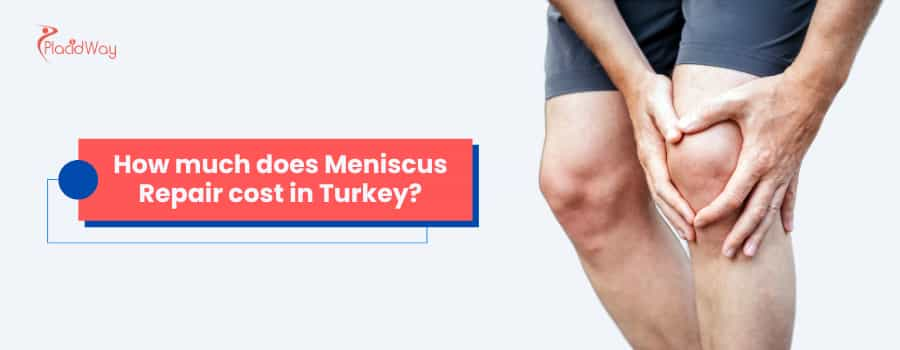
Suffering from a torn meniscus can be a painful and debilitating experience, putting a major brake on your active lifestyle. Fortunately, effective surgical options exist. Meniscus repair cost in Turkey is significantly lower than in many Western countries, making it an increasingly popular choice for patients worldwide seeking high-quality, affordable care. This procedure, aimed at preserving the knee's natural shock absorber, not only alleviates pain but also helps prevent future complications like arthritis. If you're considering this surgery, understanding the costs, procedures, and what to expect is crucial. Turkey offers a compelling combination of experienced orthopedic surgeons, modern medical facilities, and all-inclusive packages that simplify the entire medical journey.
This guide will walk you through everything you need to know about getting a meniscus repair in Turkey, from the initial price tag to the recovery process, helping you make an informed decision about your knee health.
How much does a meniscus repair cost in Turkey?
"The average meniscus repair cost in Turkey typically ranges from $2,500 to $5,500. However, prices can go up to $7,200 depending on the complexity of the tear, the surgeon's experience, the hospital's reputation, and the specifics of the treatment package."
This price range is significantly more affordable compared to countries like the US or the UK, where the same procedure can cost two to three times as much. The lower cost in Turkey does not imply a compromise on quality. The affordability is due to the country's lower cost of living, favorable exchange rates, and government support for the medical tourism sector.
Many Turkish hospitals offer all-inclusive packages designed for international patients. These packages often bundle all necessary services into a single price, providing transparency and eliminating hidden fees. This makes financial planning much more straightforward for patients traveling from abroad for their knee surgery in Turkey.
What factors influence the final cost of meniscus surgery in Turkey?
"Several key factors determine the final cost, including the specific type of surgery (repair vs. partial meniscectomy), the surgeon's and hospital's prestige, the city where the procedure is performed, and whether an all-inclusive package is chosen."
Understanding these variables can help you better estimate your total expenses. Here’s a breakdown:
- Type of Surgery: A full meniscus repair, which involves suturing the torn cartilage, can be more complex and thus more expensive than a partial meniscectomy, where the damaged part of the meniscus is removed. The decision between these procedures depends on the tear's location, size, and pattern.
- Surgeon and Hospital Choice: Highly experienced surgeons with international acclaim and JCI-accredited hospitals with state-of-the-art technology may charge more for their services. Cities like Istanbul and Ankara have a higher concentration of these premier facilities.
- Complexity of the Case: A simple, small tear will naturally cost less to repair than a complex tear that might be combined with other ligament injuries, such as an ACL tear.
- Package Inclusions: The scope of the all-inclusive package affects the price. Basic packages cover the surgery and hospital stay, while comprehensive ones might add luxury accommodation, dedicated translators, and post-operative physical therapy sessions.
What is typically included in a meniscus repair package in Turkey?
"Most all-inclusive meniscus repair packages in Turkey include the surgeon and anesthesia fees, one to two nights of hospital stay, pre-operative consultations and diagnostic tests (like MRI), post-operative medications, and all airport, hotel, and hospital transfers."
These packages are designed to provide a seamless and stress-free experience for medical tourists. When you opt for a package, you can generally expect it to cover all the essential medical costs associated with the procedure. This transparency is a major advantage of seeking orthopedic surgery in Turkey.
However, it's crucial to confirm what's not included. Typically, packages do not cover the cost of your flights to and from Turkey, your visa (if required), or expenses for any tourism or personal activities. Some packages may also exclude the cost of extended hospital stays or treatment for unforeseen complications, so it's vital to clarify these details with your chosen clinic beforehand.
Why is meniscus repair in Turkey so affordable?
"The affordability of meniscus repair in Turkey is due to the country's lower operational and labor costs, a favorable currency exchange rate for international patients, and strong government incentives that support the medical tourism industry, not a lower standard of care."
Many people wonder if the lower price indicates lower quality, but this is a common misconception. Turkish orthopedic hospitals are known for their high standards, with many holding international accreditations like JCI (Joint Commission International). They are equipped with the latest medical technologies, and surgeons are often trained in Europe and the United States.
The economic structure of the country allows for these competitive prices. The cost of medical education, staff salaries, and facility maintenance is less expensive than in North America or Western Europe. This economic advantage is passed on to patients, making medical tourism in Turkey a financially smart choice for high-quality healthcare.
What is the difference between meniscus repair and meniscectomy?
"A meniscus repair involves suturing the torn pieces of the meniscus back together to preserve the tissue, while a meniscectomy involves surgically removing the damaged portion of the meniscus. Repair is generally preferred for long-term knee health."
The primary goal of a meniscus repair is to save the meniscus. This is important because the meniscus acts as a crucial shock absorber and stabilizer for the knee joint. Preserving it helps to reduce the risk of developing osteoarthritis later in life. This procedure is typically possible when the tear is in the outer portion of the meniscus (the "red zone"), which has a good blood supply necessary for healing.
A meniscectomy, on the other hand, is performed when the tear is in the inner "white zone" with poor blood supply, making healing unlikely. While a meniscectomy can provide quicker initial pain relief and a faster recovery, the removal of knee cartilage can increase long-term stress on the joint. Your surgeon will determine the best approach based on an MRI and an arthroscopic evaluation during surgery.
What is the success rate for meniscus repair in Turkey?
"The success rate for arthroscopic meniscus repair in Turkey is very high, generally reported to be between 85% and 90%. This rate is on par with leading hospitals in Europe and the United States."
This high success rate is attributed to several factors. Turkish orthopedic surgeons are highly skilled and perform a large volume of these surgeries, leading to greater expertise. The use of advanced arthroscopic techniques, which are minimally invasive, also contributes to better outcomes, less scarring, and faster recovery times.
Furthermore, success is also dependent on the patient. Adhering strictly to the post-operative rehabilitation protocol, including physical therapy and activity restrictions, is critical for the repaired meniscus to heal properly and ensure a successful long-term result.
How do I choose the best surgeon and hospital in Turkey?
"To choose the best surgeon, look for board-certified orthopedic specialists with extensive experience in arthroscopic knee surgery. For hospitals, prioritize those with international accreditations, such as JCI, and positive reviews from previous international patients."
Doing your research is paramount. Look for surgeon profiles that detail their educational background, years of experience, and any specializations in sports medicine or knee surgery. Many hospitals provide this information on their websites. Patient testimonials and before-and-after stories can also provide valuable insight into the patient experience.
Consider working with a reputable medical tourism facilitator like PlacidWay. These agencies have already vetted numerous hospitals and surgeons, and they can connect you with the best options based on your specific needs and budget. They assist with everything from medical record reviews to travel logistics, making the process much smoother.
What does the meniscus repair procedure involve?
"Meniscus repair is a minimally invasive procedure performed arthroscopically. The surgeon makes small incisions around the knee, inserts a tiny camera (arthroscope) to view the joint, and uses specialized instruments to suture the torn meniscus."
The surgery is typically performed under general or spinal anesthesia and usually takes about one to two hours. The arthroscopic approach means less pain, minimal scarring, and a quicker recovery compared to traditional open surgery. The surgeon visualizes the inside of your knee on a high-definition monitor, allowing for precise placement of sutures or other fixation devices to hold the torn tissue together while it heals.
After the sutures are in place, the instruments are removed, and the small incisions are closed. You will wake up in a recovery room with your knee bandaged and likely in a brace to keep it stable.
How long does recovery take after meniscus repair?
"Full recovery from a meniscus repair can take between three to six months. Patients typically use crutches for four to six weeks to avoid putting weight on the knee, and a knee brace is worn to protect the healing tissue."
The recovery timeline is phased and requires patience. The initial weeks are focused on controlling pain and swelling while allowing the meniscus to begin healing. You will be on crutches and your range of motion will be restricted. Physical therapy is a cornerstone of recovery and often begins shortly after surgery.
As healing progresses, your physical therapist will guide you through exercises to gradually restore your knee's range of motion, strength, and stability. A return to desk work may be possible within a couple of weeks, but returning to sports or physically demanding activities will take several months and requires clearance from your surgeon.
How long should I plan to stay in Turkey?
"Patients undergoing meniscus repair surgery in Turkey should plan to stay in the country for approximately 10 to 14 days. This allows for the pre-operative consultation, the surgery itself, a brief hospital stay, and initial post-operative check-ups."
This timeframe ensures that your surgeon can monitor your initial recovery and address any immediate concerns before you fly home. The first follow-up appointment usually occurs a few days after you are discharged from the hospital.
Your medical team will provide you with a comprehensive rehabilitation plan and all necessary medical documents to continue your care with a physical therapist in your home country. Many Turkish clinics also offer remote follow-up consultations to check on your long-term progress.
What are the risks associated with meniscus repair surgery?
"Like any surgery, meniscus repair has potential risks, including infection, blood clots, stiffness in the knee, nerve or blood vessel damage, and failure of the repair to heal. However, these complications are rare, especially when the procedure is performed by an experienced surgeon."
Choosing a high-quality, accredited hospital significantly minimizes these risks. The medical team will take every precaution, such as administering antibiotics to prevent infection and advising on exercises to prevent blood clots.
The most common "risk" is that the meniscus fails to heal, which can occur in 10-20% of cases, particularly in older patients or with more complex tears. In such instances, a second procedure, usually a partial meniscectomy, may be required. Discussing these potential outcomes with your surgeon is an important part of the consent process.
Is meniscus repair surgery painful?
"You will not feel pain during the surgery due to anesthesia. Post-operative pain is expected but is well-managed with prescribed pain medication. The pain typically subsides significantly within the first week."
The initial discomfort after surgery is a normal part of the healing process. The medical staff will ensure you are comfortable during your hospital stay. You will be sent home with a prescription for pain relievers to manage any pain in the following days.
Using ice packs on the knee for 15-20 minutes several times a day is also highly effective at reducing both pain and swelling, especially in the first 48 hours after the procedure. As you recover and the swelling goes down, the pain will steadily decrease.
Ready to take the next step toward a pain-free knee? Explore your options for affordable, high-quality meniscus repair and other orthopedic treatments abroad.
Contact PlacidWay today to get a personalized quote and connect with world-class medical providers in Turkey!


.png)
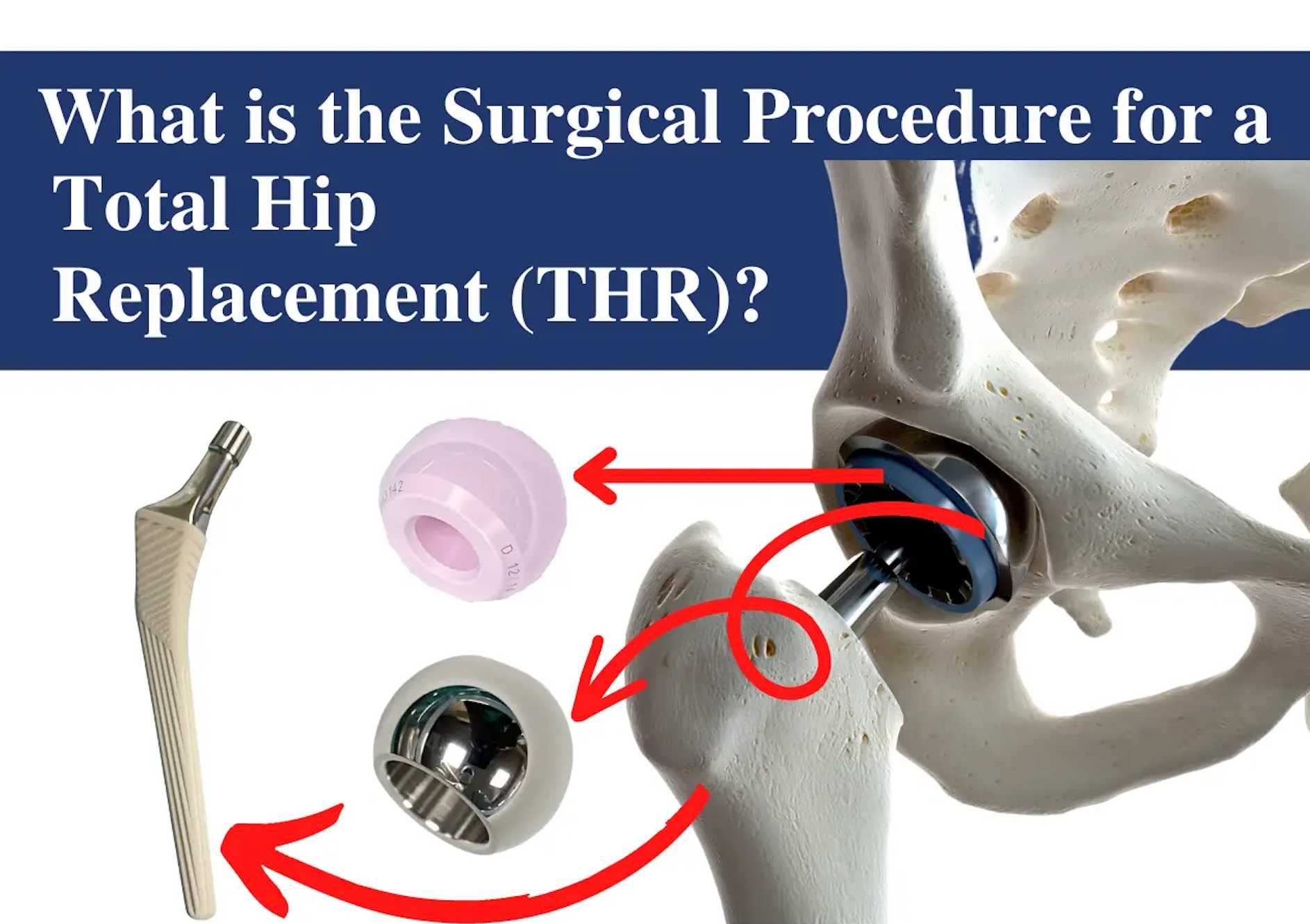

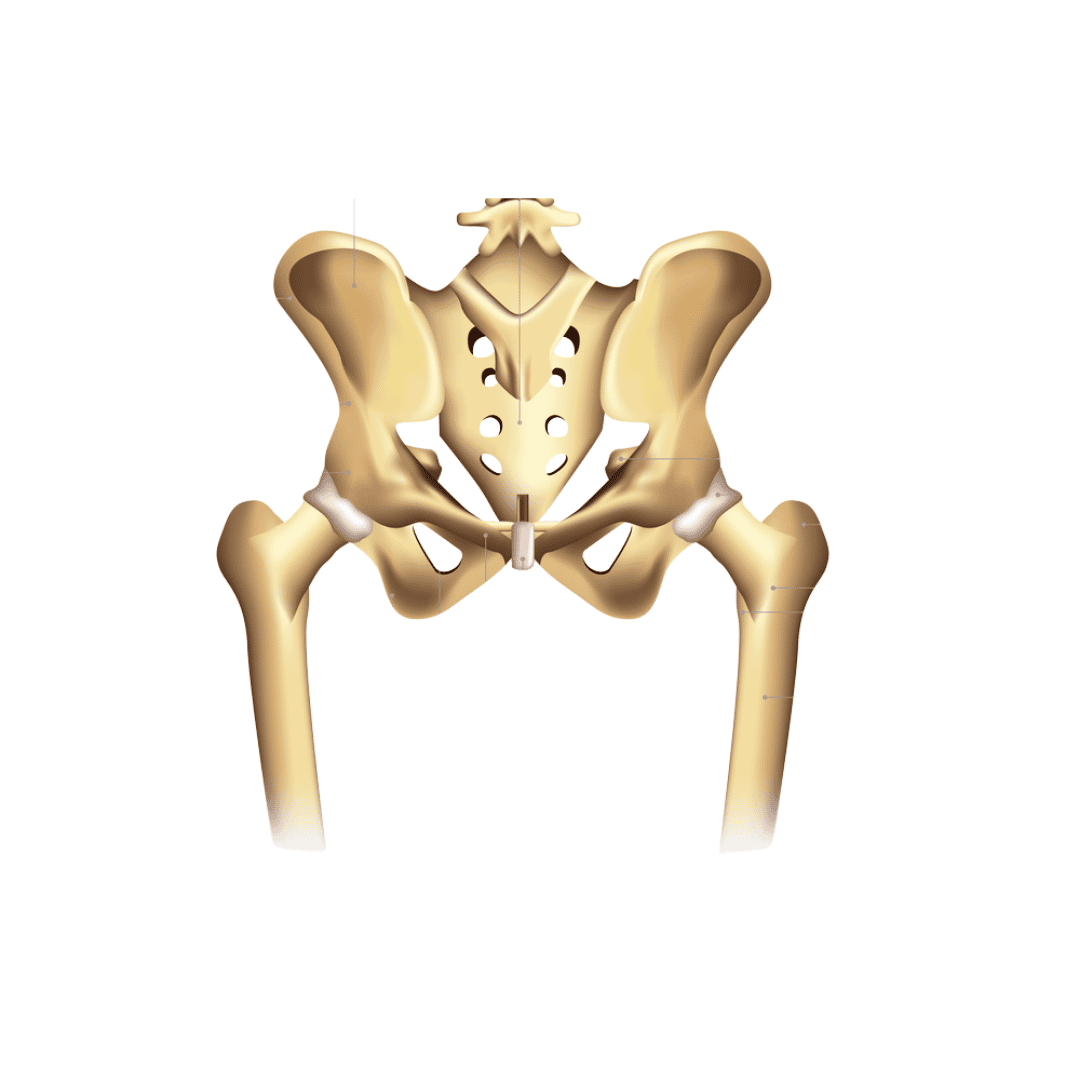

.png)
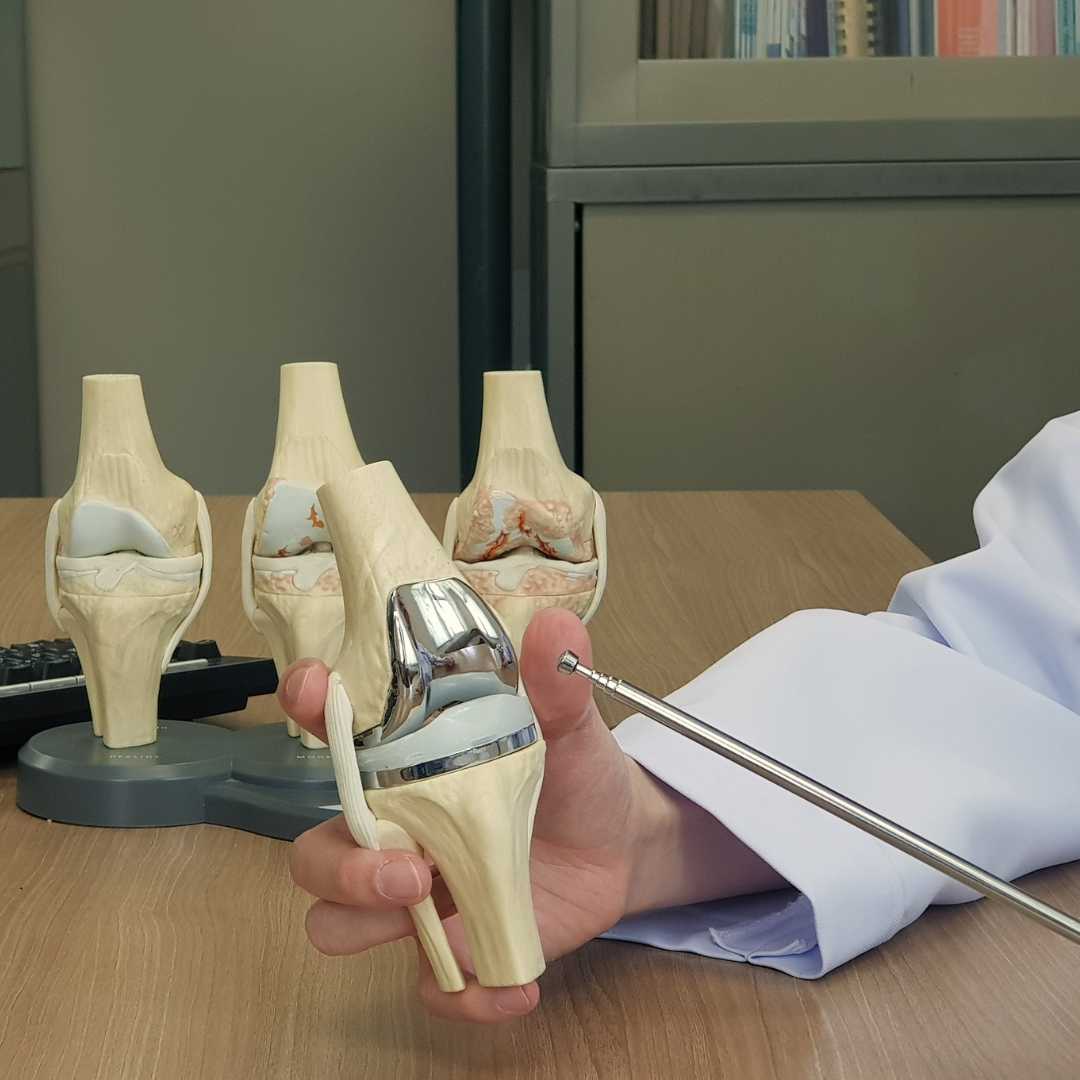

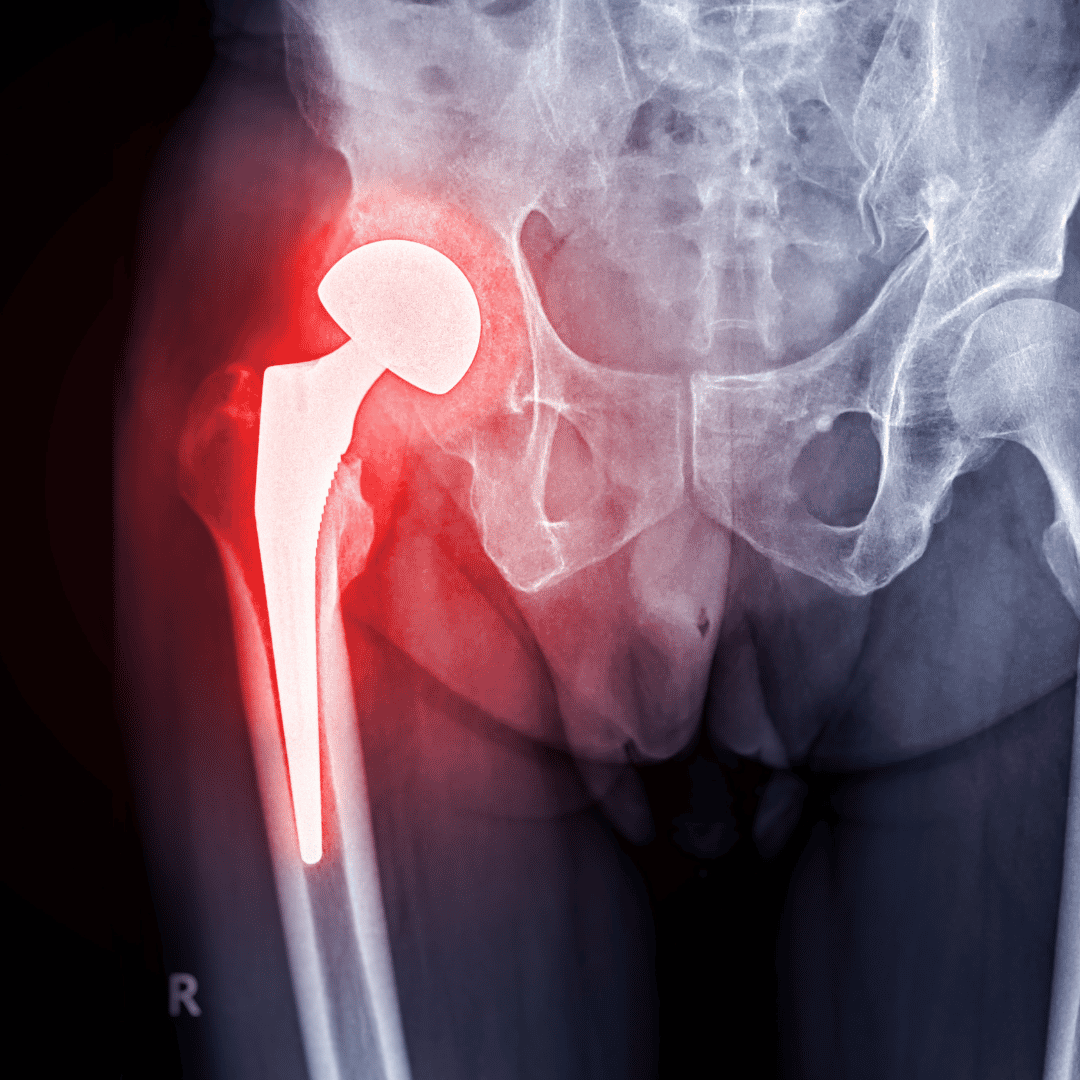

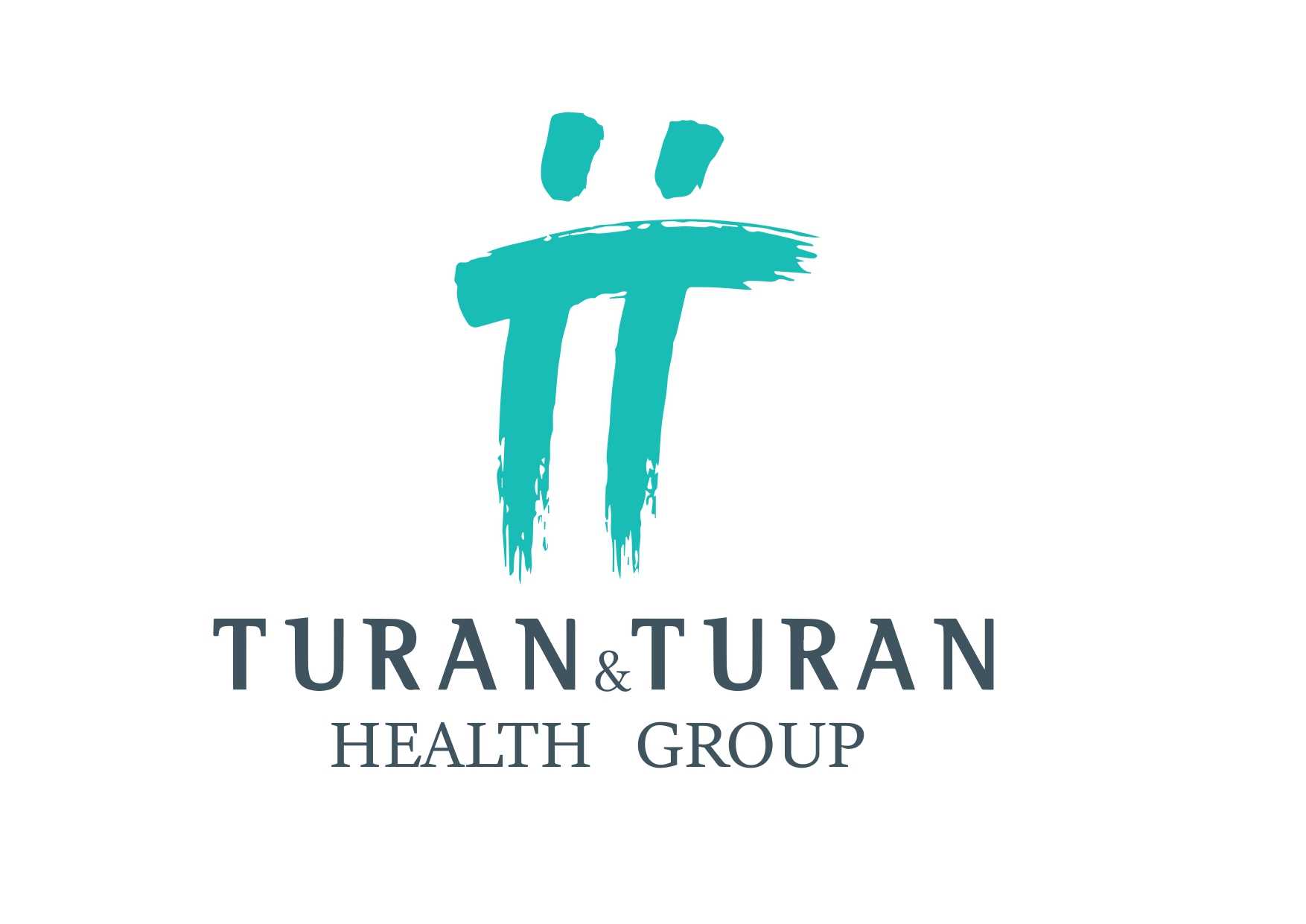
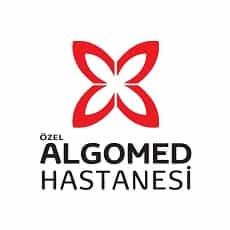
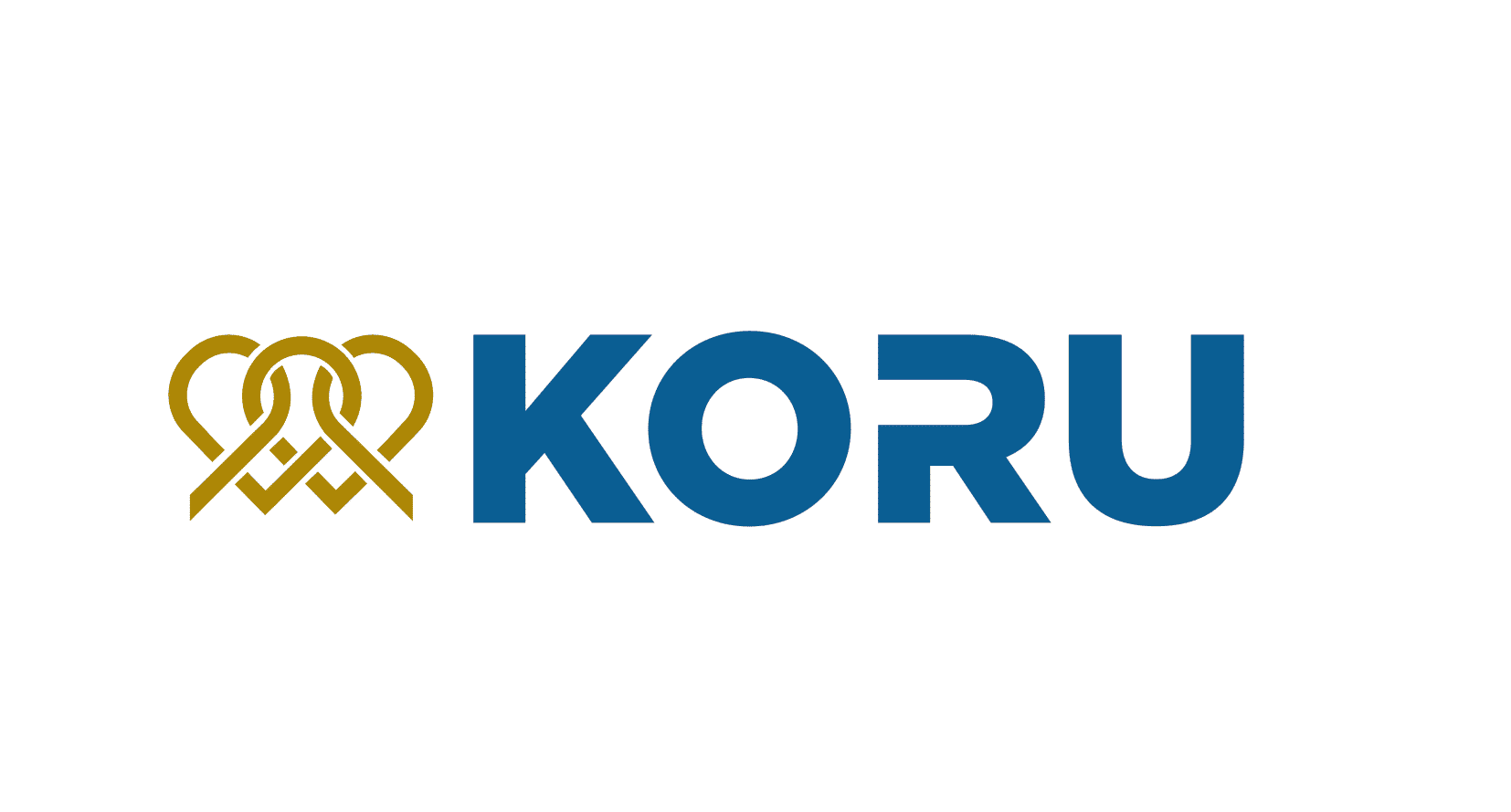


Share this listing